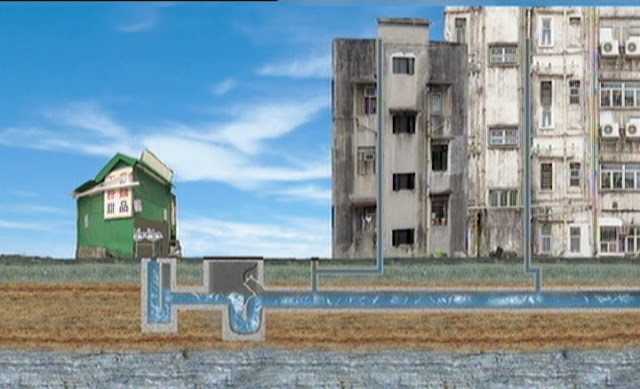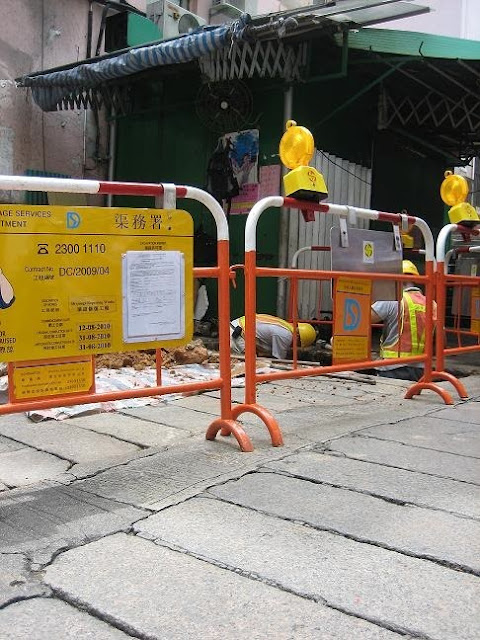 |
Dai Pai Dong / photo from RTHK |
Right after my previous post on municipal cooked food centres (where I kind of tell you to forget dai pai dongs for a second), guess what I'm going to talk about? Yep. Dai pai dongs. It just so happens that as I was asked earlier today about when the Central dai pai dongs (currently closed as the area is under refurbishment) would reopen, I came across this pretty good TV documentary on the revitalisation of dai pai dongs and hawker centres in public housing estates (another semi-alfresco HK dining phenomenon). Unfortunately it's all in Cantonese (with subtitles in Traditional Chinese), but here are some interesting 'did you knows'.
- dai pai dong (DPD) licenses were originally given to civil servants who were no longer able to work in their positions because of injury.
- eventually the government relaxed the restrictions and offered licenses to low-income families
- in the 70s, because the government wanted to tidy the city up, they made dai pai dong licenses unrenewable - they would cease upon the death of the current holder. (With one exception - the owner's spouse, but not their children).
- originally, DPDs weren't allowed to lay out tables and chairs beside the stalls as they do nowadays; people would sit on a long bench, or little stools (go check out Lan Fong Yuen) placed at the front of the stall. When they ran out of space, customers used to crouch around it!
- some old DPDs still have wheels on them. These were for the stallholders to push their carts out of the way when fire engines had to enter the street.
- in the eighties there were still 8000 or so dai pai dongs. Today, there are 28.
 |
| New sewerage system to go under Central DPDs / photo from RTHK |
Some DPD owners in the video who were interviewed said they were reluctant to renovate at first, even if the government was paying for a new sewerage system, because their stall license could not be renewed. Later, it was revealed that the authorities have made an exception - they can now pass the license on to their children.
 |
| The original stones will be replaced after the digging. Phew! / photo from RTHK |
The video also talks about the revitalisation of hawker centres, nicknamed "mushroom tops" that can be found in some public housing communities. At the beginning of the programme, I have to admit I was a bit scared (or was it disgusted?) when I saw the 3D renderings of the new design, and heard one of the contracted designers talk about making a classic HK afternoon tea into a "high tea - it's like trying to make a hawker centre look like a luxury resort in Phuket. One day I'll go check one of the refurbed ones out and let you know what it's really like... To say I am apprehensive is an understatement given the way "heritage" is dealt with in this town.
In closing, the programme did make a good point though - it's all about the balance between preservation and improvement. Well, good luck Hong Kong.
Links:
Programme page with photos, blurb (Chinese) and links to videos (Windows Media Player and Real Player versions only, unfortunately. I tried it on Quicktime, it would only sort of play).
Or go straight to videos:
Windows Media Player
Real Player
I don't know about you, but I love a bit of brain-feeding TV!

I've eaten in a lot of cooked food centres now (and kind of rely on them for quick/ easy late night food but haven't really started in on DPD.
ReplyDeleteI feel winter may be the time for them anyway though... I always had a slight suspicion on going to them at the height of summer. Well at least I have some tv to watch later :)